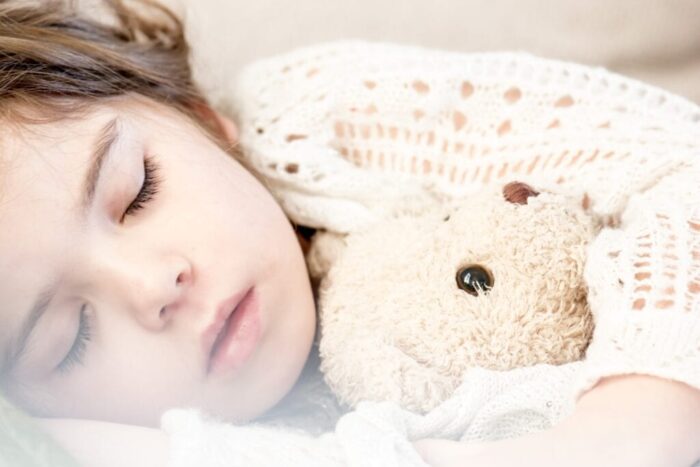by Danielle Bradshaw, In the Cloud Copy
A common occurrence among children that have rapid-onset obesity with hypothalamic dysfunction, hypoventilation, and autonomic dysregulation or ROHHAD syndrome is that they’re also liable to have obstructive sleep apnea or OSA. This results in the children needing ventilators to be able to breathe properly. These findings were submitted at the 2019 World Sleep event, which is held each year (September 20 -25) in Vancouver Canada.
What are ROHHAD and OSA?
ROHHAD is a rare disease that has been found to have affected only 100 children around the world. The cause of the disease is yet to be found, but it is known that it affects the autonomic nervous and endocrine systems. Initial signs of a child having developed ROHHAD are rapid weight gain and slow breathing that begins manifesting around 1 to 11-years-old.
Around 40% of ROHHAD patients develop neuroendocrine tumors – tumors that occur in specialized (neuroendocrine) cells which are mostly found in the abdomen. Although many children do have normal cognitive and behavioral functionality, some may develop behavioral disorders. ROHHAD has no cure, but there are treatments, though what these treatments are depend on the patient.
If left undiagnosed and untreated, ROHHAD can be fatal in up to 60% of cases as cardiopulmonary complications typically occur. Early detection is very difficult for this disease, but a speedy diagnosis and proper treatment is imperative for ROHHAD patients.
OSA is a sleep disorder in which a person’s breathing is constantly stopped then started again. This is caused by the throat muscles relaxing and thus blocking the airways while the person is asleep. It is the most common kind of sleep apnea and a typical symptom is snoring. There are treatments for this disorder including using a mouthpiece specifically designed to make the lower jaw stick out during sleep and positive pressure therapy. If need be, surgery can also be employed to treat OSA.
The Purpose of the Study
The disease’s hard to detect nature, unknown cause, and variance of symptoms among sufferers mean that there isn’t a lot of data regarding the issues that children with ROHHAD have breathing in their sleep. The point of this study was to discern and observe any manifestations of sleep-disordered breathing among (potential) ROHHAD patients.
Study Breakdown and Results
The study group was made up of 9 patients in total who were between 4 and 13-years-old. They were all suspected of having ROHHAD and had polysomnography (sleep study) results available for use at the beginning of the test. All 9 of the participants were obese and had a diagnosis of OSA when the study started.
Four (or 44 %) of the children had mild OSA, 1(11%) of them had moderate, and the remaining 4 (or the other 44%) experienced severe cases of this particular sleep disorder. The study also showed that 2 (22%) of the participants had comorbid central sleep apnea (sleep apnea caused by the brain’s inability to regulate the muscles that control breathing, accompanied by other conditions). Three (33%) of the children were found to have comorbid nocturnal hypoventilation (a group of respiratory complications that can develop into daytime hypercapnia – elevated levels of CO2 in the blood)
Two years from the initial study, resulting polysomnography data indicated that each of the 9 children still had OSA, while 1 (11%) and 7 (78%) had comorbid central sleep apnea and comorbid nocturnal hypoventilation respectively. One child unfortunately passed away due to secondary ROHHAD issues, while 8 of the participants – in a 50/50 split – needed bi-positive airway pressure and continuous airway pressure to ensure a safe air intake.
The research team concluded their findings by saying that there is still more study needed to fully understand the respiratory requirements needed for children who may have ROHHAD syndrome.
Read more about this research here.






